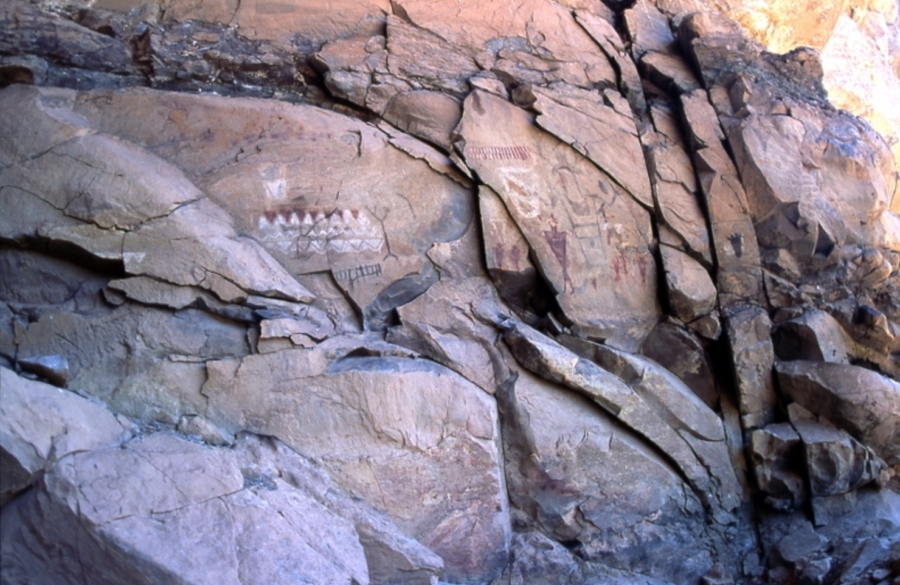Six Ways Outdoor Recreationalists Can Protect Archeological and Cultural Heritage Sites
Utah has been home for millennia. With evidence for over 12,000 years of human habitation, Utah is home to a plethora of archaeological sites. Particularly in southern Utah, where artifacts are better preserved in a desert climate, recreational outlets and cultural sites converge. Every year new cases of vandalism occur, and while spray painting sentiments like “Matt wuz here” or theft of artifacts makes up a fair amount of these, a lot of vandalism occurs unintentionally.
Unless you’re a seasoned archaeologist, you may not realize when you are in a place that contains artifacts or things of cultural significance to the ancient (and sometimes not so ancient) Indigenous peoples of Utah. Below are tips to help folks respect places of cultural significance when recreating in Utah.
1. When beginning any adventure, first acknowledge that you are on stolen land. Before it was claimed by the federal government, most public lands in our state were the territory of Indigenous groups. Acknowledge that. It is a privilege to get to enjoy these places.
2. Leave any and all artifacts you may find. While it may be tempting to take home projectile points (arrowheads) or pottery fragments, they should be left. Artifacts of ancient Indigenous groups hold cultural significance to modern Indigenous groups. These items are sacred and it is illegal to remove them. This rule also extends to what many might consider “old trash.” Old rusted cans, bottles, and scrap metal count as historic artifacts (if they are over 50 years old) and should be left alone. Leaving artifacts in their original locations also allows archeologists to study them in place and learn more about the people who used them.
3. Don’t touch rock art! Oils in your skin can damage both petroglyphs (carvings) and pictographs (paintings). The best way to preserve rock art for others to enjoy is to keep your paws off them.
4. Don’t touch structures. Again, paws off. It’s best practice to stay far away enough from structures to not be able to touch them anyways or trample the areas surrounding them, but in the rare cases where it is permitted to get up close, remember that these structures may be thousands of years old and are likely fragile.
5. Remember Leave No Trace Principles. Environmental ethics practiced in recreation are especially important to remember when traveling through country that may hold cultural artifacts. Traveling and camping only on durable surfaces usually ensures you aren’t accidentally stomping through sites or camping on ancient artifacts. If you have to “Bust the Crust” to get closer to an archeological site — don’t. Disposing of waste properly is especially important in cultural sites. This includes proper management of poop and trash. Leave No Trace Principles also reiterate the importance of leaving what you find.
6. Perhaps the most important rule for protecting archeological and cultural heritage sites is to remember to use digital discretion. If looters and vandals can’t find sites, they can’t loot and vandalize them. When sharing photos online be sure there is no geographic information attached to them. Another way to protect the location of sites when sharing photos is to not include a large spatial context for where you are like ridgelines, distinct rock features, or unique vegetation.
The government cannot feasibly provide comprehensive protection to all archeological sites. Strong laws exist, but enforcement is often lacking. It takes engagement from a variety of stakeholders to preserve these places, and outdoor recreationalists play a key role. When getting after it, remember to follow these guidelines to responsibly and respectfully appreciate those who came before us and those who will come after.


